Austrian photographer Heidrich Kuehn
was a friend of well-known American shooters Alfred Stieglitz and Edward
Steichen around the turn of the last century. The three men visited each other and
took pictures together in both the U.S. and Europe; Stieglitz and Kuehns also corresponded
vociferously for over 30 years.
This trans-Atlantic artistic friendship
is the basis of a new show, “Heidrich Kuehn and His American Circle: Stieglitz
and Steichen,” at the Neue Galerie.
No doubt the concept serves as an excuse to pull in American audiences
who know Stieglitz and Steichen, but it’s also a fascinating exercise in
curatorial sleuthing. As the show makes
clear, ideas did flow freely among the men. We can literally see Kuehn’s bold romantic
use of natural symbols like trees and clouds turn up in prints by Stieglitz and
Steichen. At the same time the Modernist tendencies of the two New Yorkers start
to appear in Kuehn’s painterly landscapes.
But what impresses most about this show is the sheer
impact of its century-old prints.
In a back room the show’s curator
Monika Faber has reconstructed an installation of Kuehn’s large-sized
Pictorialist land- and seascapes that appeared in 1906 in Stieglitz’s Gallery
291. The approach is as insistent as any contemporary artist aiming to grab
eyeballs. Strongly tinted in cyans, greens, brick reds and carroty oranges, the
pictures seem to leap out of their frames. Hardly the faded stuff of ancient
photo history, they are brassy and
bright as a new penny.
Later, Kuehn’s Stieglitz-inspired
turn toward Modernist clarity also exhibits a freshness one rarely sees in
large-format pictures before 1920. Abandoning the large prints, universal
themes and impressionist effects of Pictorialism, Kuehn launched into Modernism
by making intimate, psychologically–telling portraits of his family.
A recent piece by Karen Rosenberg
in the New York Times calls Kuehn
“one of the medium’s great control freaks” and describes how, in making the
family portraits, “…he selected a site and sketched it in pencil, had his
children and their nanny assume specific poses in clothing he had preselected
for its photogenic qualities, and waited until every shadow was right where he
wanted it to be.”
Yet Kuehn’s portraits in this
show – even those in color, using the then-new Autochrome process -- seem
remarkably unposed, warm and natural.
How could such a punctilious taskmaster produce such relaxed work? The answer probably lies with the
family’s young English nanny, Mary Warner, who had taken charge of Kuehn’s four
children after his wife died. Photographed by Kuehn with his children, Warner
seems a tender presence. When she reveals her face to the lens she is nothing
short of radiant.
It comes as no surprise that,
during this period, master and nanny were lovers. Later, as Kuehn’s companion,
Warner posed for an erotically charged series of nudes, some of which are
included in the show.
After that, Kuehn’s story goes
swiftly down hill. The First World War devastated his traditional world. He lost his money and stopped reaching
out to the great world beyond his Tyrolean hills. In the end – so the story
goes – Kuehn became a crank and finally a recluse.
I wonder what happened to Mary
Warner?
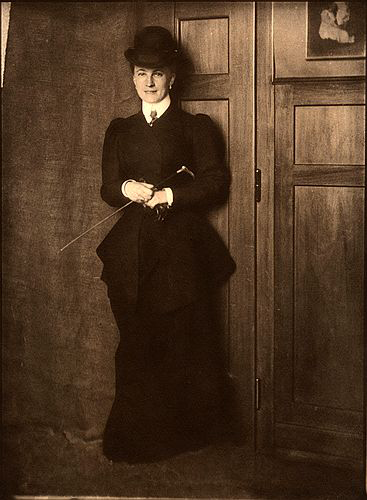
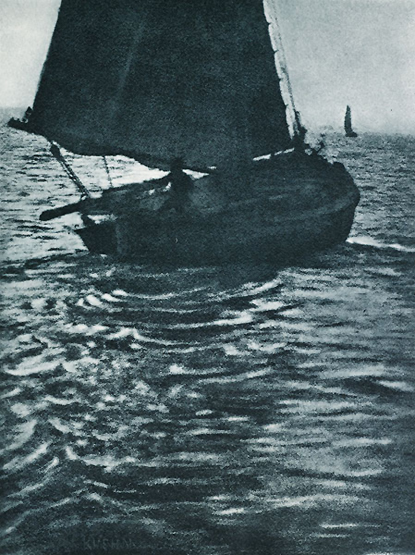
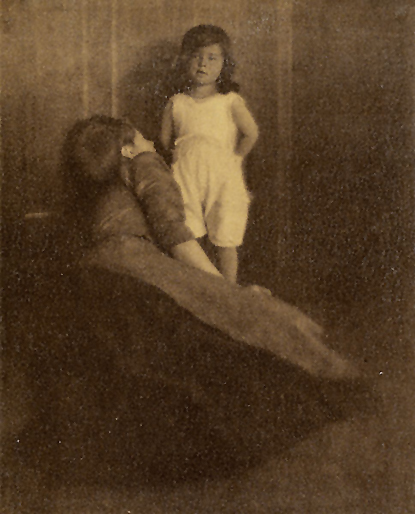
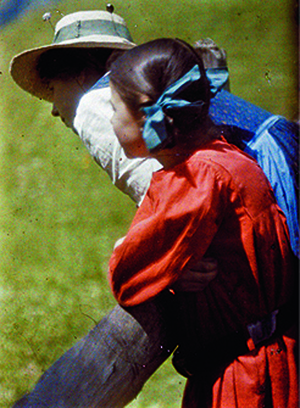
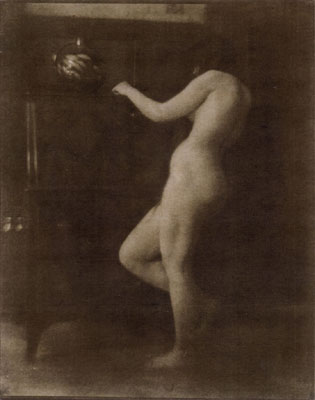
No comments:
Post a Comment